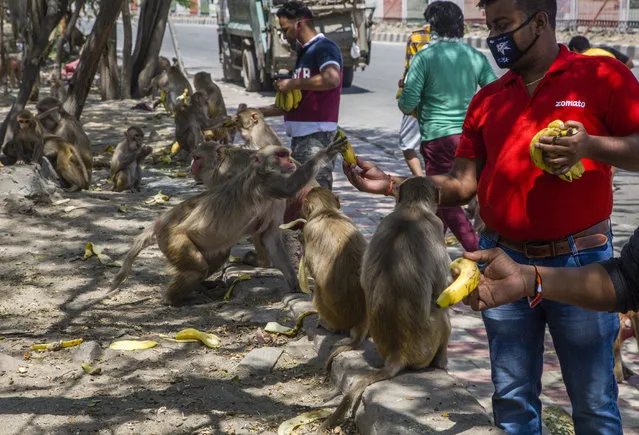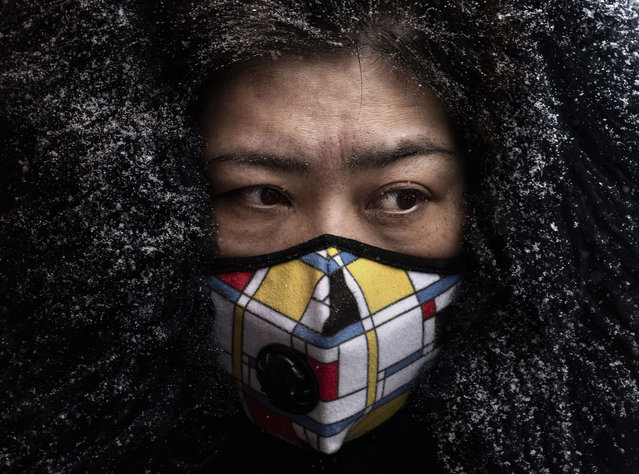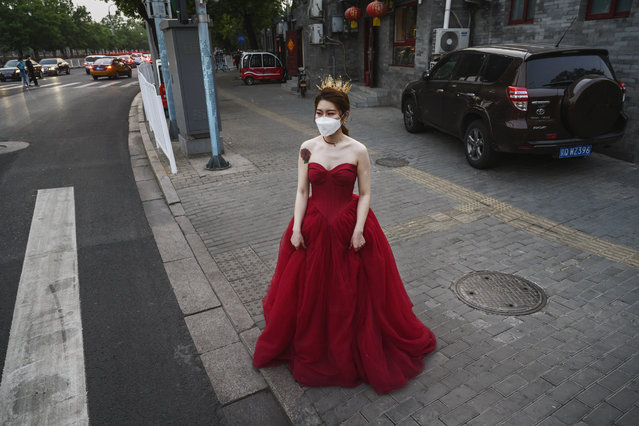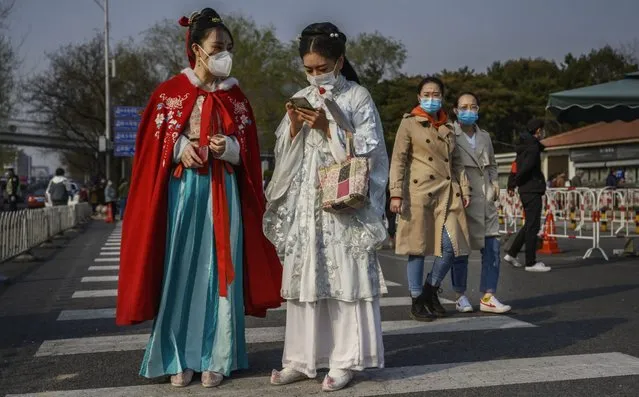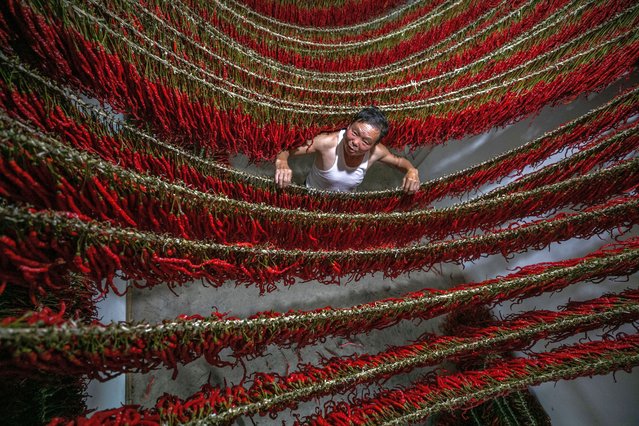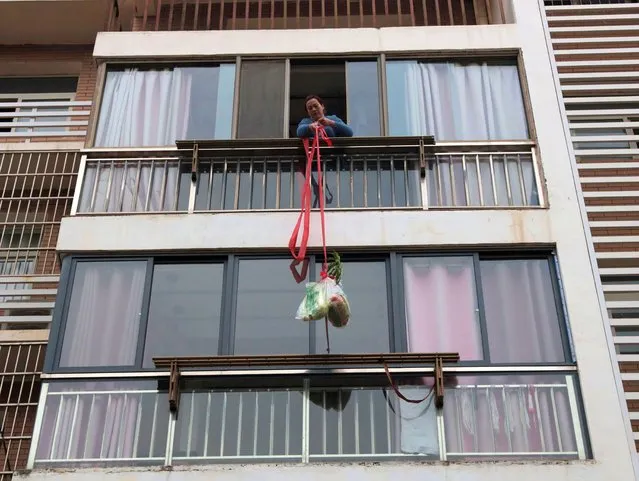
In this Wednesday, April 8, 2020, photo, youths remove their mask to record a dance routine on the streets of Wuhan in central China's Hubei province. Released from their apartments after a 2 1/2-month quarantine, residents of the city where the coronavirus pandemic began are cautiously returning to shopping and strolling in the street but say they still go out little and keep children home while they wait for schools to reopen. (Photo by Ng Han Guan/AP Photo)
17 Apr 2020 00:01:00,post received
0 comments


